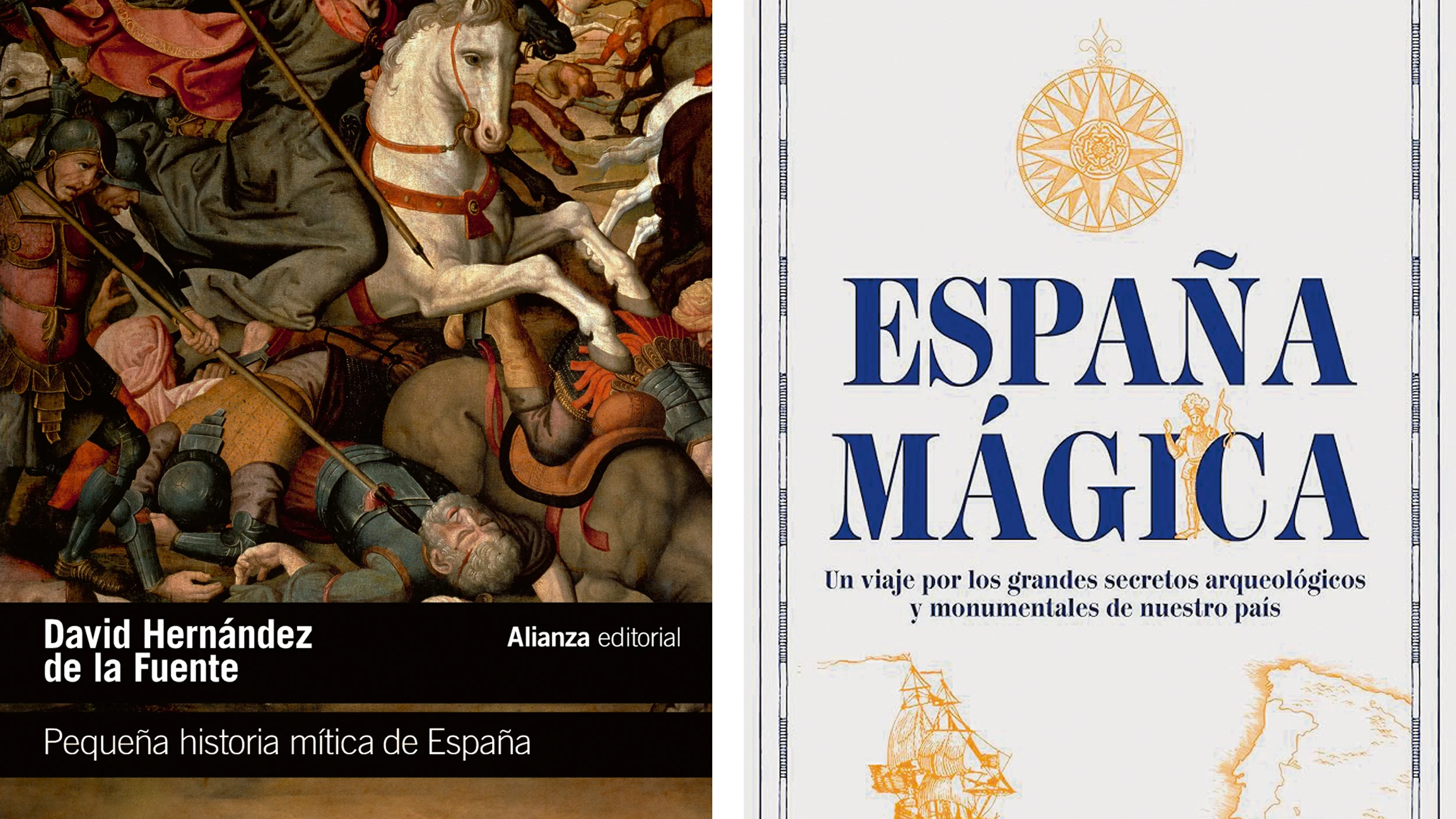
Distanced from any kind of essentialism, both the Greek scholar David Hernández de la Fuente and the journalist Pedro García Cuartango explore Spain’s mythical roots from the lenses of history and the territory. Although both pay homage to the pioneering Gárgoris y Habidis, published in 1978 by Fernándo Sánchez Dragó, and though both mention the controversy waged between Américo Castro and Claudio Sánchez Albornoz on Spain’s national identity, their works avoid get tangled up in the Hispanic essences that occupied Marcelino Menéndez Pelayo or Miguel de Unamuno to famously crystallize in two books that saw the light in Buenos Aires, España en su historia. Cristianos, moros y judíos (1948) and España. Un enigma histórico (1956), a debate where Castro and Sánchez Albornoz crossed swords, the former defending the fertilization of Arab, Jewish, and Christian cultures on our soil, and the latter asserting the Roman and Christian identity of the Iberian Peninsula. Beyond these identitarian disputes, Hernández de la Fuente and García Cuartango delve deep into Spanish myths and legends in two very different books. The professor of Greek Philology has written a rigorously academic work that develops a mainly historical argument, and the former director of El Mundo issues an invitation to travel in a bid to identify the magical places of Spain’s geography.
Hernández de la Fuente situates Pequeña historia mítica de España in the conceptual framework set by Carlos García Gual in Historia míníma de la mitología, and confirms “the survival of myth in our current collective discourse,” because since Romanticism, politicians have tried to manage the emotions of nations with re-readings of the past that are not always faithful to historical and archaeological data. The Greek specialist locates the building of Hispanic milestones in the mythical and symbolic imagery that inspires the ethnogenesis of any nation, and after a presentation of a legendary geography that includes the Fortunate Isles and Atlantis, he successively goes through ancient Spain, from Hercules to Viriathus and Numantia; Roman Hispania, with personalities like Seneca, Trajan, or Hadrian; medieval Spain, from the Apostle James and Don Pelayo to El Cid; modern Spain, with archetypes like Don Juan, Don Quixote, and the rascal of the picaresque novel; and contemporary Spain, which with Carmen, brigands, and guerrillas presents the double myth of the country’s exceptionality and that of the two Spains with their fratricidal fights, something the author suggests we should leave behind in this Pequeña historia that is a great narrative.
García Cuartango begins his España mágica with a map showing the 45 places he associates with legends and myths conceived “in the mists of time,” which he groups in five chapters, from the origins of the Antequera Dolmens or the Bulls of Guisando and the Celtic Galicia of Finisterre to bewitched spots like the Caves of Zugarramurdi, passing through Templar sites and Christian shrines associated with miracles. Far from tourist routes, these destinations are an incentive to learn about our ancestral past, and perhaps, as the journalist proposes, to expand the current debate on historical memory – which hardly dates back to the Civil War – to include the millennial framework of cultures and peoples that have overlapped and succeeded one another in the geographic space of the Peninsula.[+]








